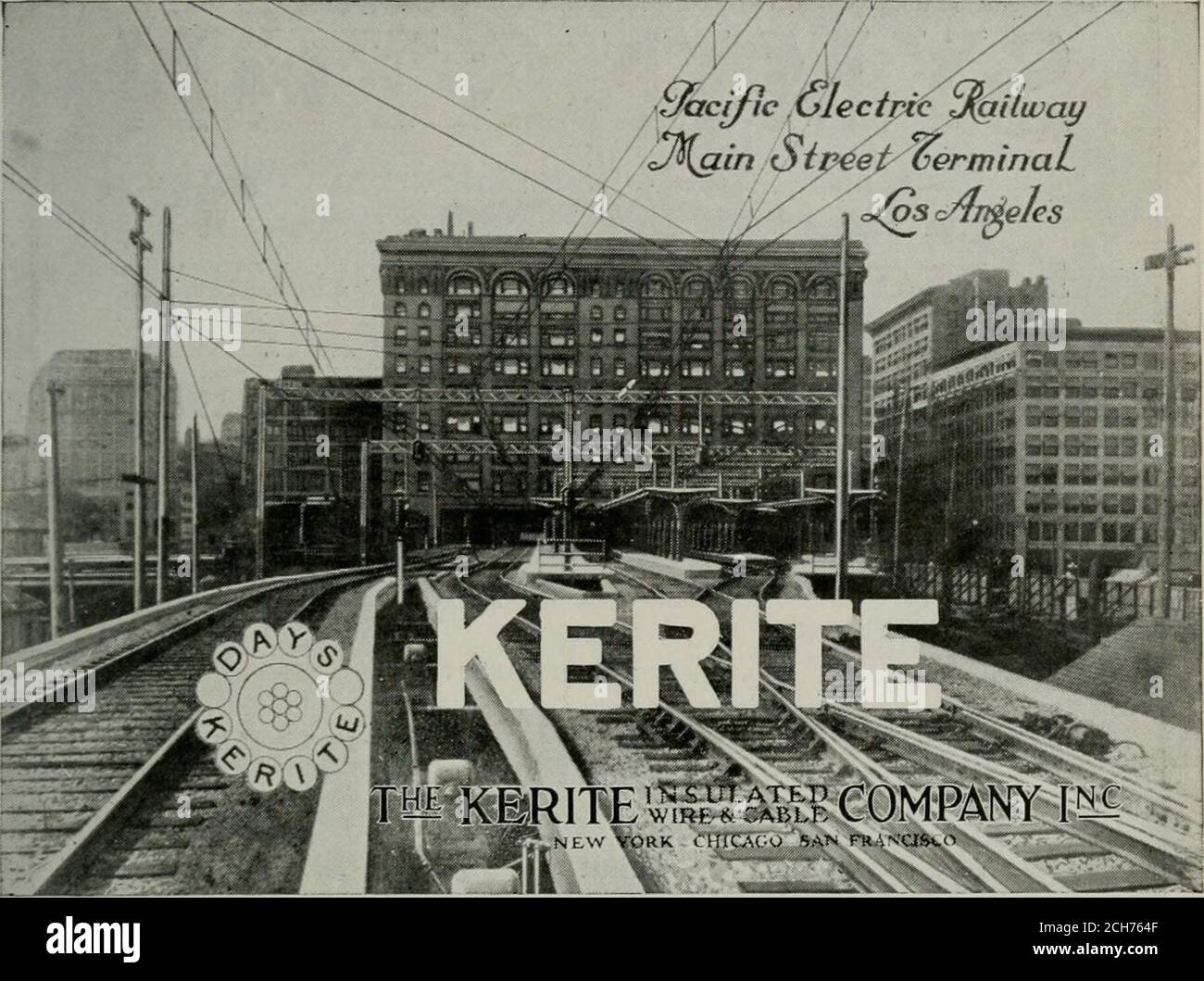

( July 2020) ( Learn how and when to remove this template message) Unsourced material may be challenged and removed.

Please help improve this section by adding citations to reliable sources. One known case is a popular driver's atlas for the city of Athens, Greece, which has a warning inside its front cover that potential copyright violators should beware of trap streets. Trap streets are rarely acknowledged by publishers. For instance, a map might add nonexistent bends to a street, or depict a major street as a narrow lane, without changing its location or its connections to other streets. Trap streets are often nonexistent streets but sometimes, rather than actually depicting a street where none exists, a map will misrepresent the nature of a street in a fashion that can still be used to detect copyright violators but is less likely to interfere with navigation. On maps that are not of streets, other "copyright trap" features (such as nonexistent towns, or mountains with the wrong elevations) may be inserted or altered for the same purpose. In cartography, a trap street is a fictitious entry in the form of a misrepresented street on a map, often outside the area the map nominally covers, for the purpose of "trapping" potential copyright violators of the map who, if caught, would be unable to explain the inclusion of the "trap street" on their map as innocent.

For the 2013 film, see Trap Street (film).


 0 kommentar(er)
0 kommentar(er)
